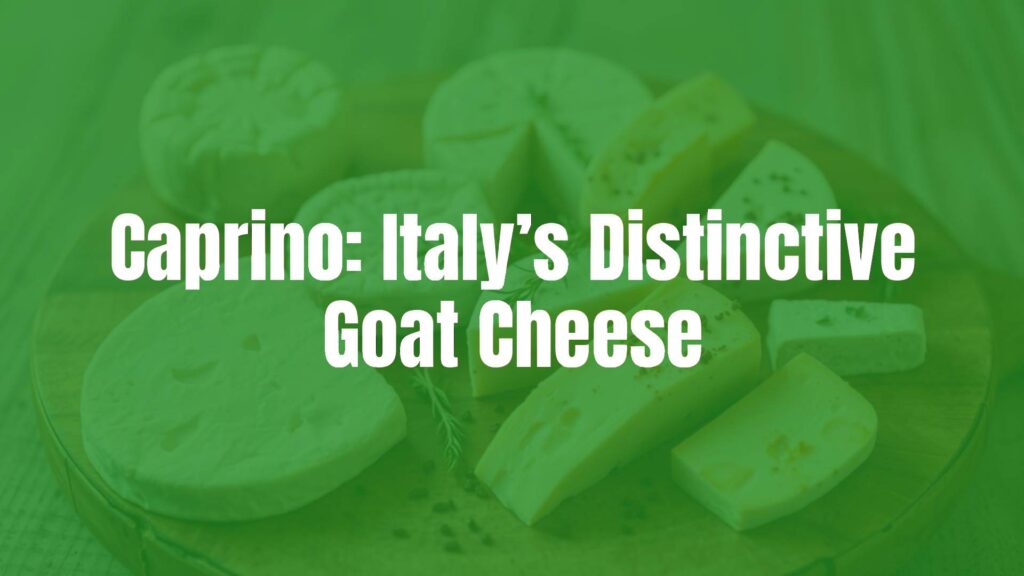Exploring Caprino: An Italian Goat Cheese Treasure
Caprino is the Italian term for a variety of cheeses made exclusively from goat’s milk. Beloved for their tangy flavor profile and creamy textures, Caprino cheeses occupy a special place in Italy’s cheesemaking tradition. From fresh, delicate rounds to aged, robust types, Caprino reflects the diverse landscapes and artisanal heritage of Italian cheesemaking.
Defining Caprino: Flavors and Variations
What distinguishes Caprino is its foundation on pure goat’s milk, imparting a characteristically bright, earthy taste with a subtle tang. Fresh Caprino (Caprino fresco) tends to be soft, spreadable, and mild, while aged varieties (Caprino stagionato) develop a firmer texture and deeper, more intense flavors. Some versions are coated in herbs or spices, adding aromatic complexity, while others are simply salted to highlight their natural essence.
Historical and Cultural Context
The roots of Caprino trace back centuries, especially in northern and central Italy where smaller herding was common. Goat farming thrived in mountainous areas and rugged pastures ill-suited for cows, making goat’s milk a precious resource. Over time, local communities developed distinct methods for transforming goat’s milk into Caprino, adapting to microclimates and available ingredients. This cheese not only nourished rural populations but also became a symbol of rustic Italian gastronomy.
Crafting Caprino: Traditional Approaches
Caprino’s production typically begins with fresh, high-quality goat’s milk. Traditional techniques may rely on natural fermentation or the addition of rennet to coagulate the milk. The resulting curds are gently ladled into molds and allowed to drain. Fresh Caprino is usually ready within days, boasting a moist, creamy consistency. For aged versions, wheels are salted and left to mature, sometimes in cellars, where they gradually firm up and develop nuanced flavors.
Regional Styles and Specialties
Though Caprino is made throughout Italy, regions such as Lombardy, Piedmont, Liguria, and Tuscany are particularly celebrated for their unique interpretations. In Piedmont, for example, Caprino can range from delicately fresh to firm and assertive, sometimes incorporating wild herbs or aging techniques passed down for generations. Liguria’s Caprino often features hints of local olive oil or is wrapped in chestnut leaves, lending extra aroma.
Enjoying Caprino: Serving and Pairing Suggestions
Caprino’s versatility makes it a delightful addition to antipasto platters, crostini, and simple salads. Fresh Caprino is delicious spread on rustic bread or drizzled with honey, while aged types pair well with dried fruit, nuts, and robust Italian wines such as Barbera or Dolcetto. It’s also frequently crumbled atop roasted vegetables or stirred into polenta for extra depth.
Cultural Significance and Contemporary Appreciation
Today, Caprino continues to symbolize artisanal tradition and the importance of preserving regional dairy practices. It’s commonly showcased in local festivals and featured in agrotourism hospitality settings, connecting visitors to Italy’s rural heritage. Whether enjoyed simply or as part of more elaborate dishes, Caprino celebrates the purity of goat’s milk and the ingenuity of Italian cheesemakers.

